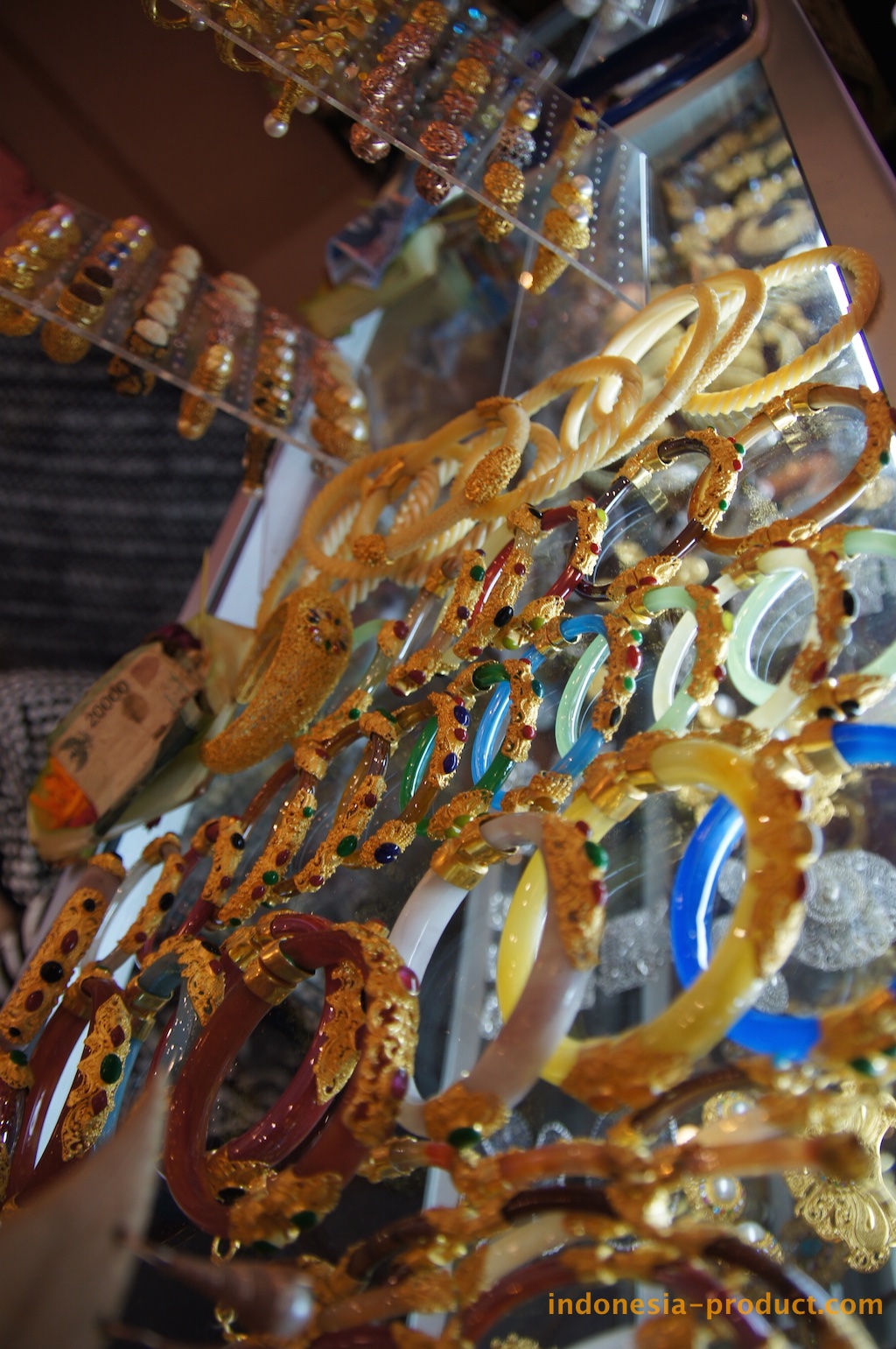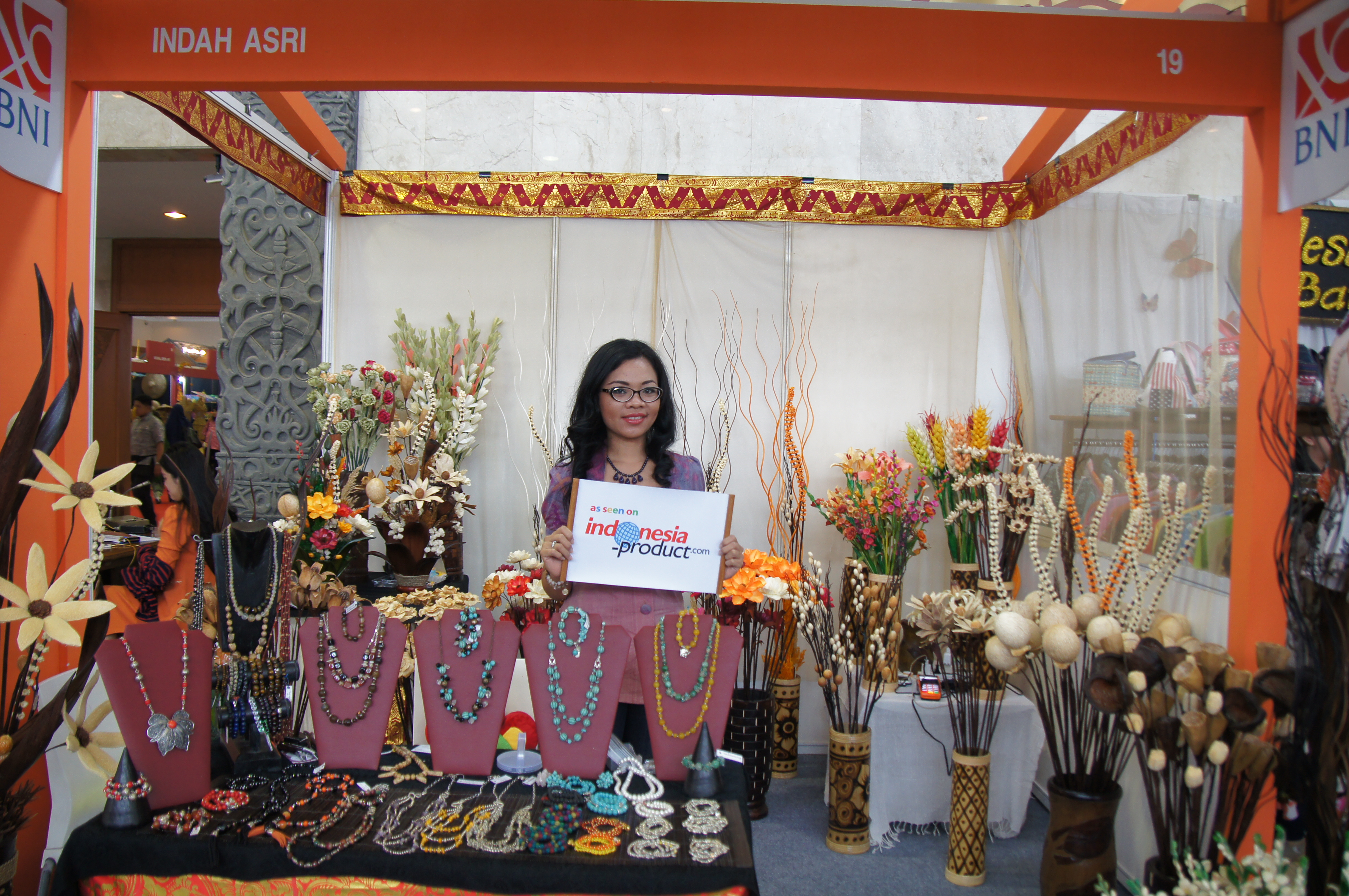by Nathan Gonzalez – The Arizona Republic
It’s nearly 7 a.m. and Newt Grover’s pink bandanna and gray T-shirt are stained with sweat, as he stands before a 2,000-degree furnace at his glassblowing studio.
His eyeglasses hang halfway down his nose as he turns a long metal pole holding a glowing-hot, fist-sized ball of molten glass inside one of three “glory holes” used to heat the glass.
Pulling it from the bright orange hole, Grover gently places the glowing glass on a cool metal table known as a marver, where he rolls the molten glob into a small pile of chipped blue glass called frit. The piece is then shoved back into the glory hole.
After another stint inside the furnace, Grover blows into the metal tube and swings the molten, taffylike glass, which takes the shape of a vase that an assistant refers to as a dragon egg. As seconds pass, the vase slowly changes from a glowing hot red to a cooler blue.
By 8 a.m., Grover steps outside his 130-degree Scottsdale Airpark studio and takes a swig of Gatorade.
“It’s one of those spiritual things. Blowing glass is a spiritual art,” he says. “You’re in the moment, and there isn’t a care in your head.”
His artwork provides decorative touches for homes, businesses, clubs and restaurants across the Valley:
• Plated flowers protrude from the ceiling of Mastro’s Steakhouse.
• He made small light covers for Wildflower Bread Company.
• His Serengeti chandelier at Suede Nightclub in Scottsdale resembles a spotted red jellyfish, with about a dozen curved, striped tentacles fanned out toward the ceiling.
• Outside his studio is an 8-foot-tall work-in-progress – a chandelier that will be assembled and hung at the home of a Los Angeles Dodger.
He uses about 30,000 pounds of glass per year.
Hobby to career
Browsing Grover’s studio and samples of his work, it’s hard to comprehend he began glassblowing as a hobby only 11 years ago, with little training other than a video on esteemed glass artist Dale Chihuly.
“I thought, ‘Man, this is the coolest thing I’ve ever seen,’ ” Grover said, recalling the video.
The former jewelry artist was making neon signs for businesses when he stumbled onto his new career.
“It took me about three years to learn enough to make a little money.”
The sudden career change came as a shock for his wife and business manager, Lee. The pair worked together at a jewelry store – she in sales, he in design.
“This was supposed to be a hobby,” she said, standing in a room fully adorned with colorful glass plates, vases and flowers at their home.
Creative vision
Newt has said he won’t live long enough to get all the images out of his mind, Lee said. He feels the images inside and knows they’re there.
“(Newt) just has this ability,” she said. “Someone without any training would say, ‘My God, where do I even start?’ He knows the path in his head he wants to go down.”
Newt’s favorite question from clients generally starts with “Can you . . . ?” Lee said.
Her husband’s best work develops when a client allows him the freedom for his artistic vision to flow and change from his mind.
“I listen to (the client) closely and get inside their head a bit,” Newt Grover said. “Then I let that guide me when I’m doing my work.”
At 51, Grover underwent knee surgery two months ago. He has begun preparing for when the physical demands of his craft will become too great.
He laboriously lugs around a pole with large pieces of molten glass – some of which can reach more than 4 feet in diameter.
At any one time, at least two of his seven assistants help by handling or working on the artwork or passing along tools. Inside the studio, assistants and artist move together in an almost choreographed fashion.
“I feel a great part of my obligation is to teach them what I know,” Grover said. “It’s a team effort.”
A version of this story may have appeared in your community Republic.
Source: http://www.azcentral.com/





